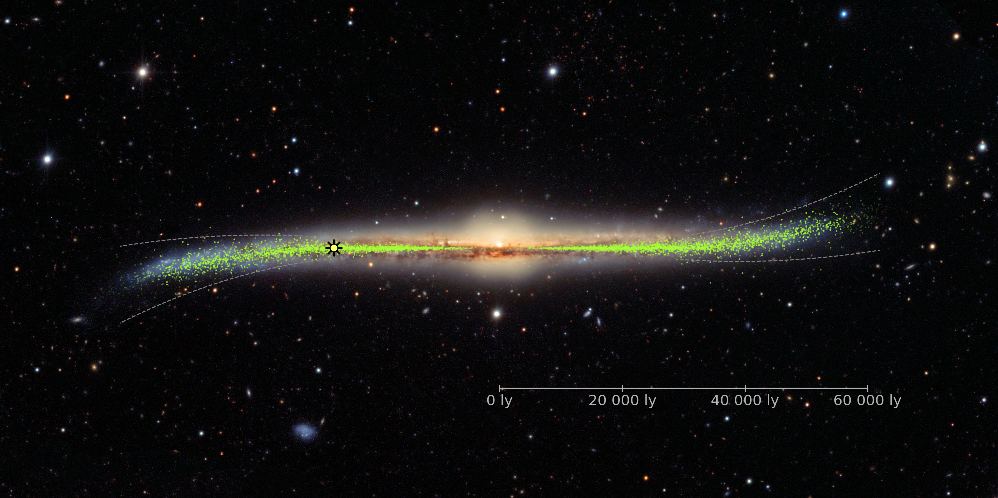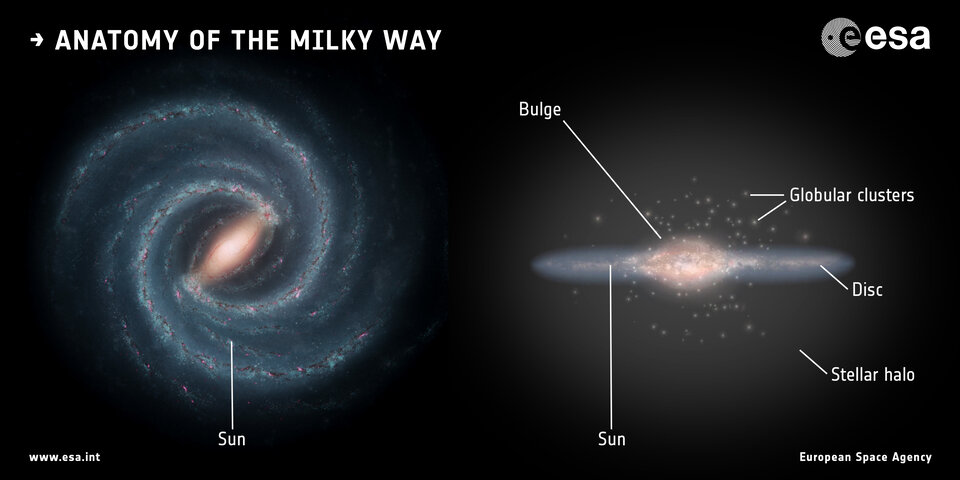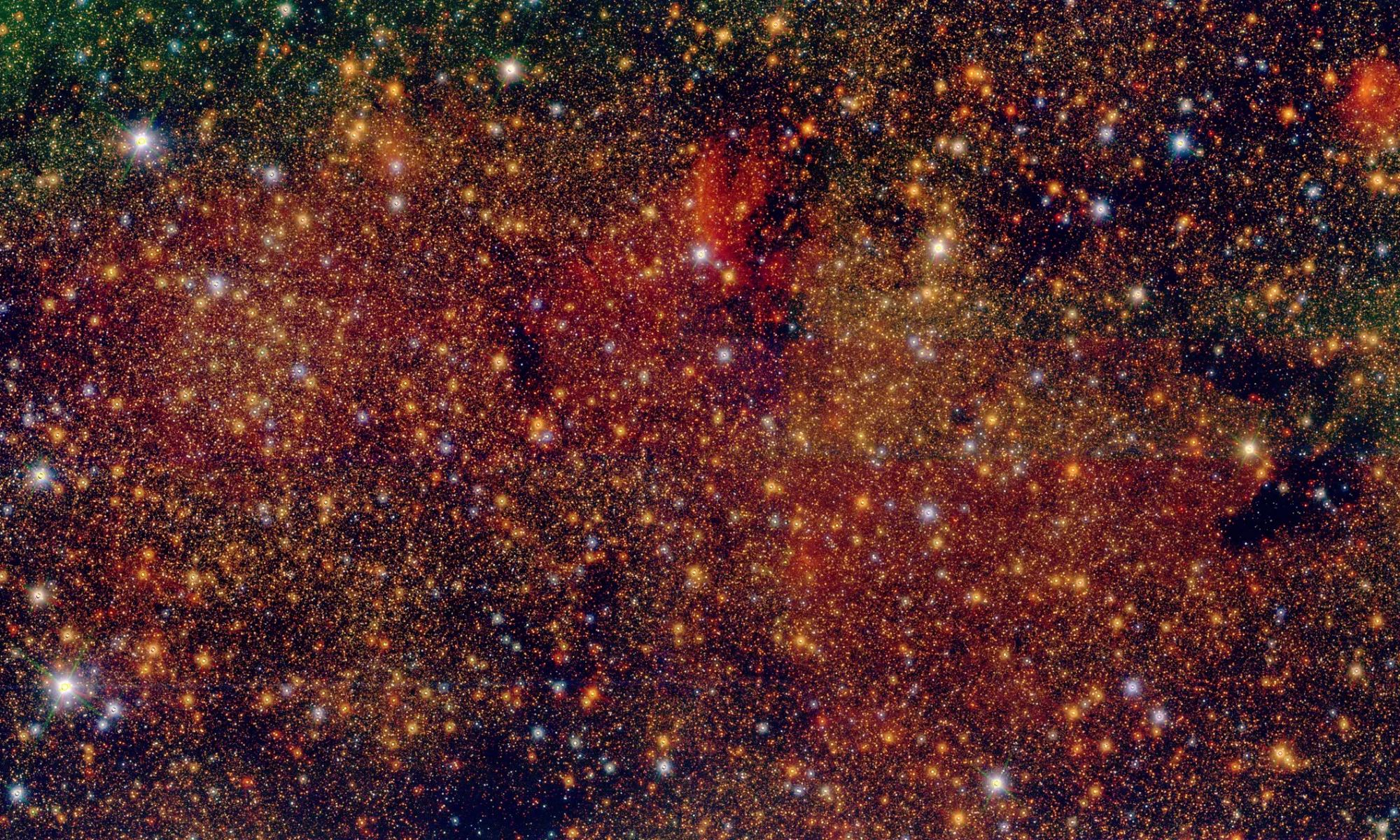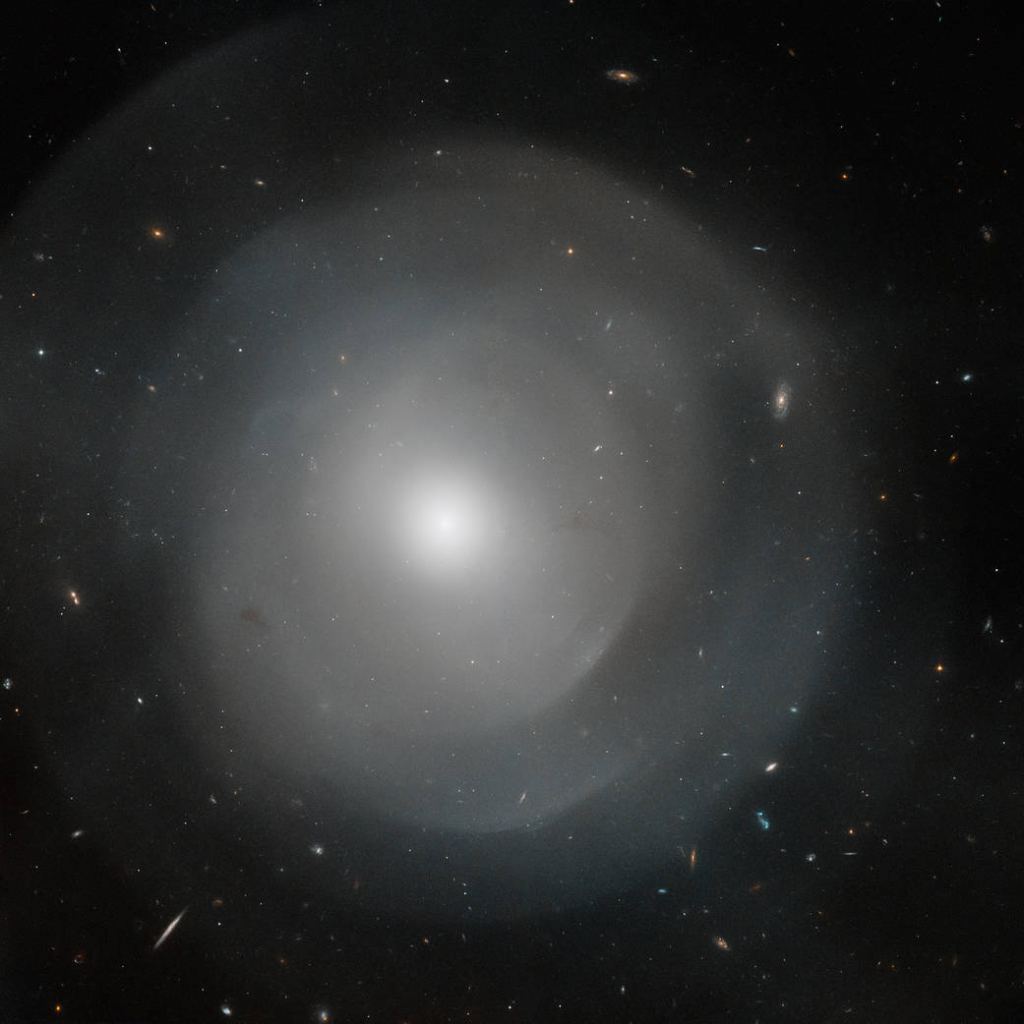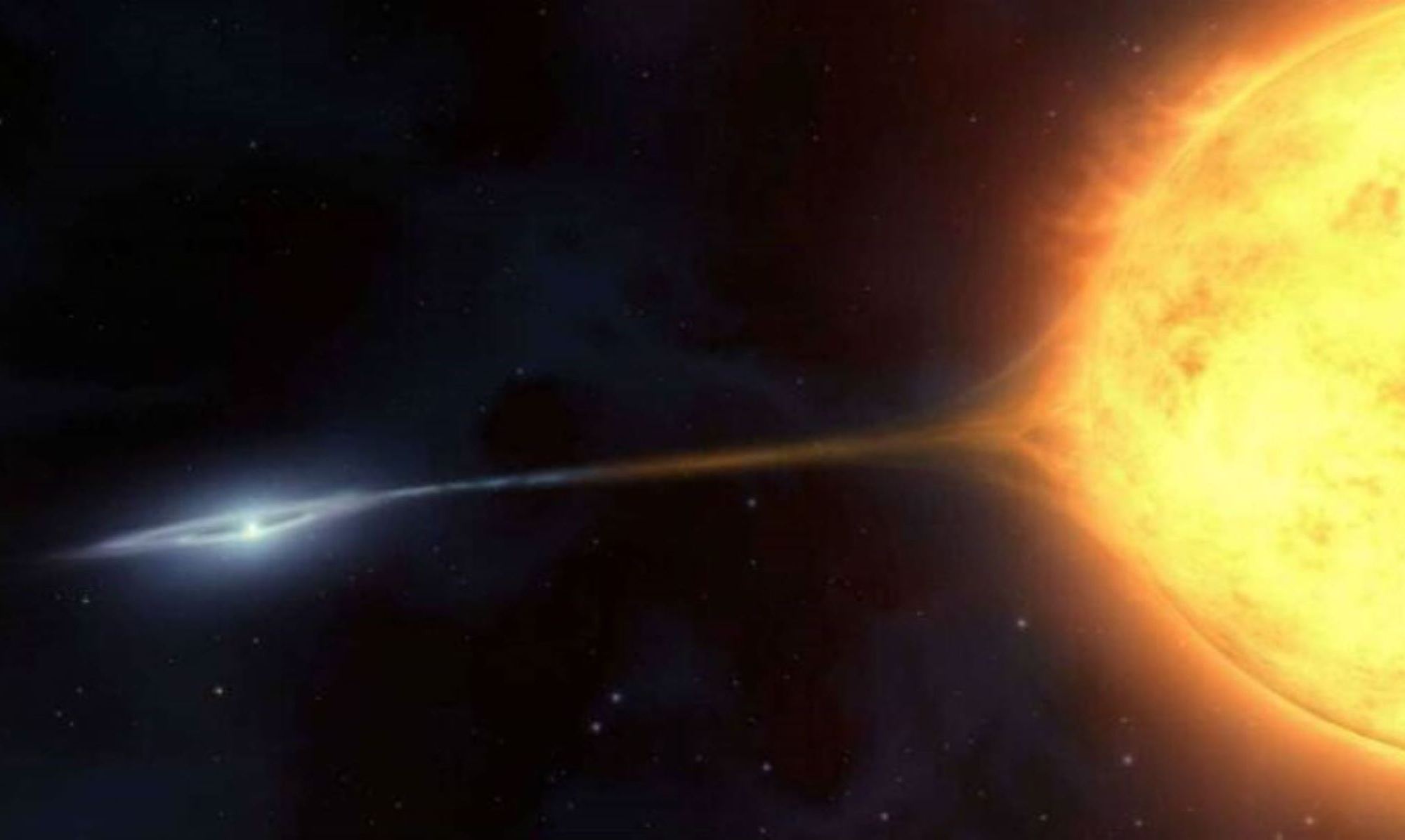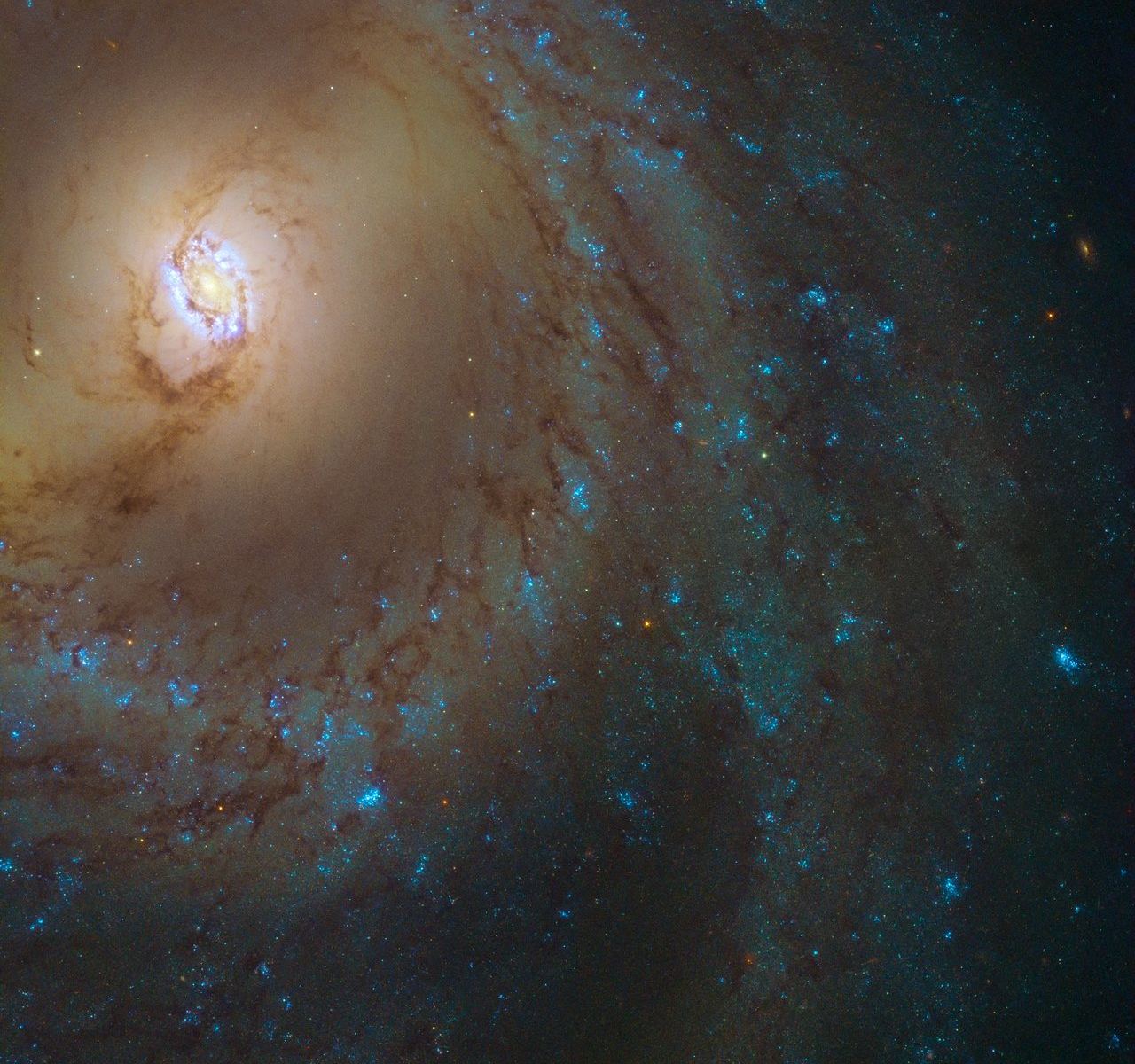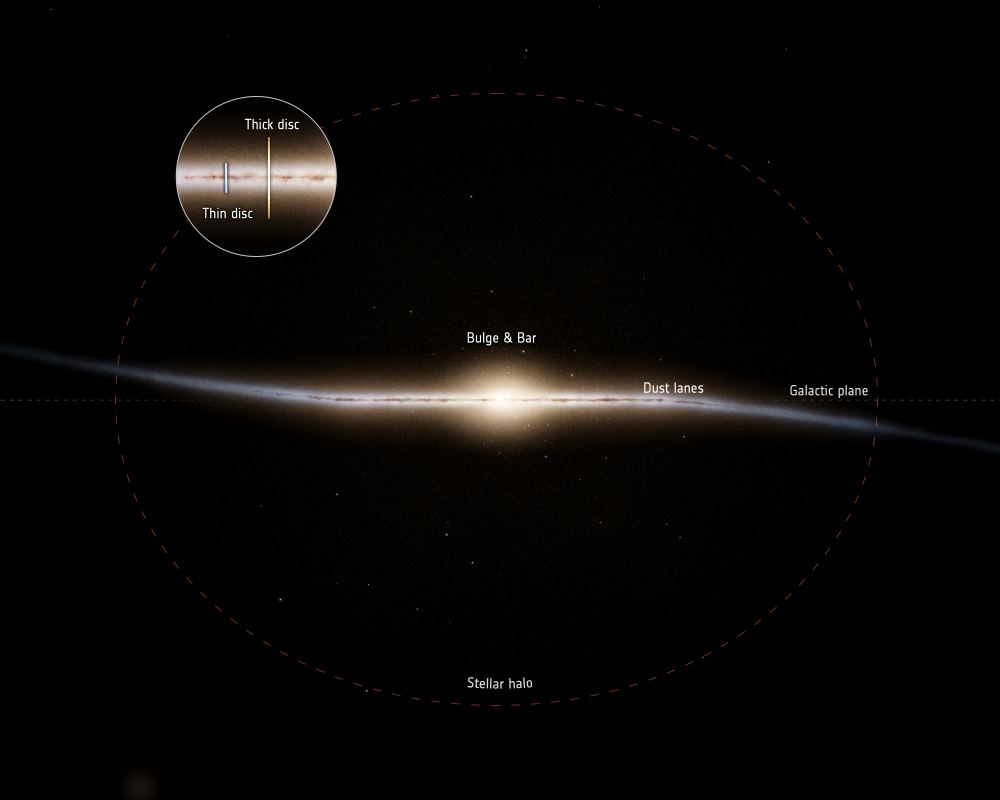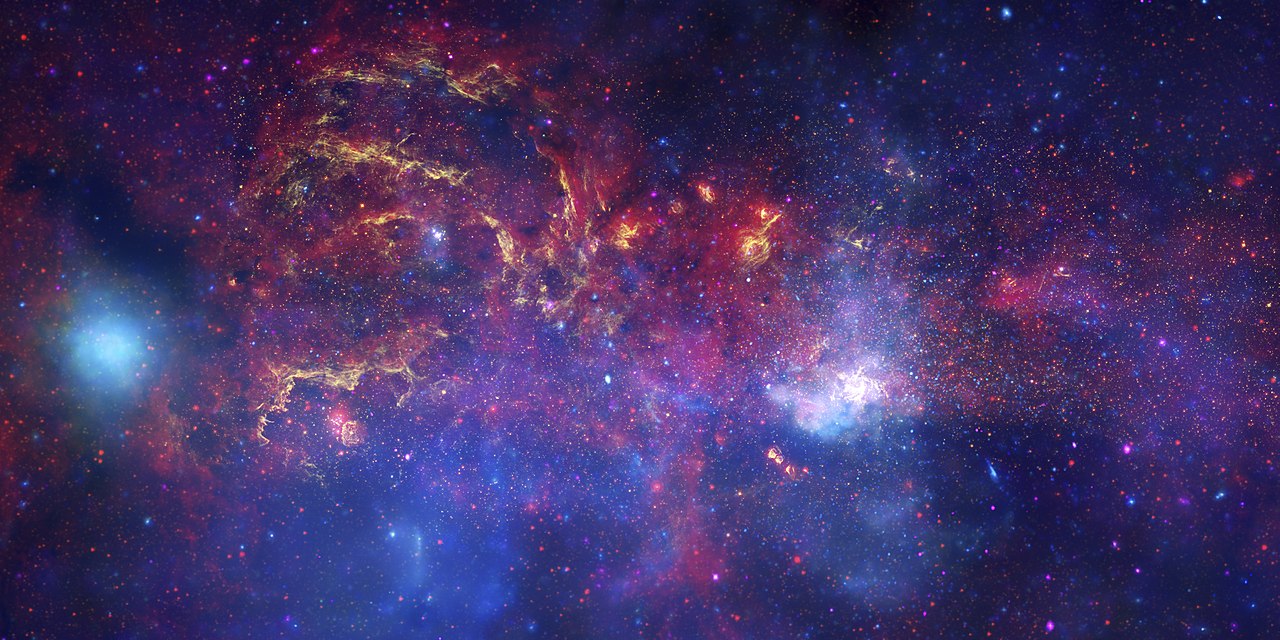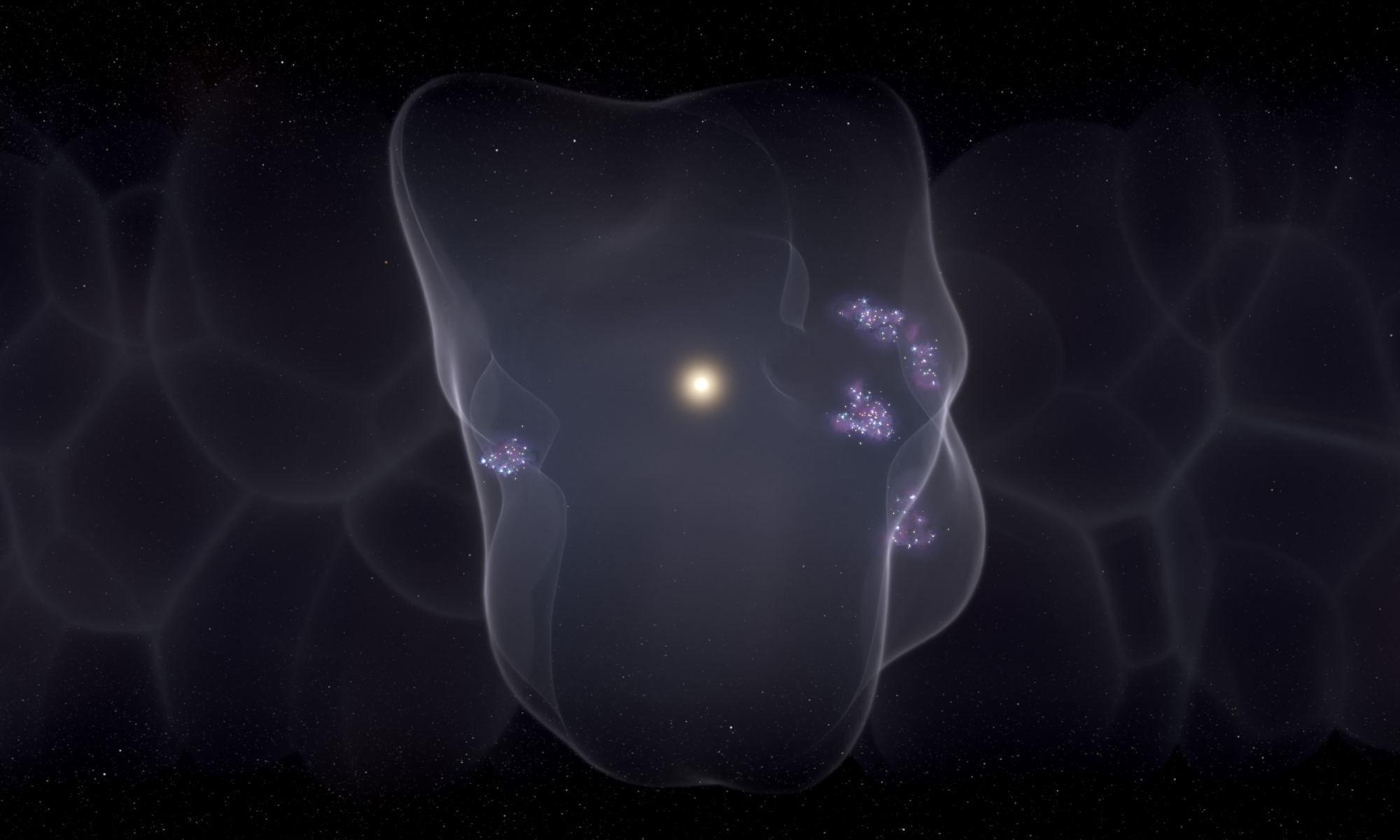In the 17th century, Galileo Galilee aimed his telescope at the stars and demonstrated (for the first time) that the Milky Way was not a nebulous band but a collection of distant stars. This led to the discovery that our Sun was merely one of the countless stars in a much larger structure: the Milky Way Galaxy. By the 18th century, William Herschel became the first astronomer to create a map that attempted to capture the shape of the Milky Way. Even after all that time and discovery, astronomers are still plagued by the problem of perspective.
While we have been able to characterize galaxies we see across the cosmos with relative ease, it is difficult for astronomers to study the size, shape, and population of the Milky Way because of how our Solar System is embedded in its disk. Luckily, there are methods to circumvent this problem of perspective, which have provided astronomers with clues to these questions. In a recent paper, a team from the Astronomical Observatory at the University of Warsaw (AstroUW) used a large collection of Mira variable stars to trace the shape of the Milky Way, which yielded some interesting results!
Continue reading “A new 3D map of the Milky Way Uses close to 66,000 Stars and Reveals New Details About the Shape of our Galaxy”
